Over the past five years, the number of counterfeit drug cases in the United States has skyrocketed. Between 2000 and 2004, the number of counterfeit drug cases initiated by the Food & Drug Administration's Office of Criminal Investigations rose by more than 900%, from just six cases in 2000, to 58 cases in 2004.



